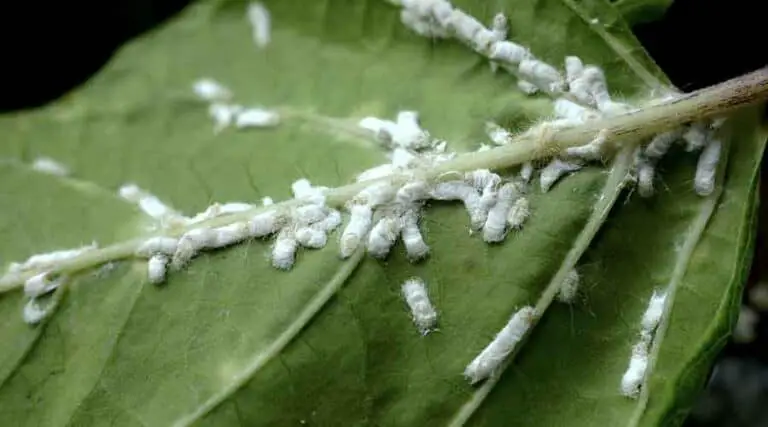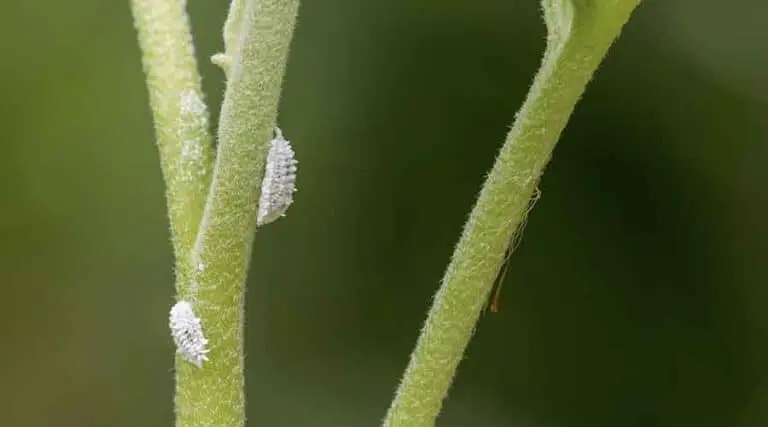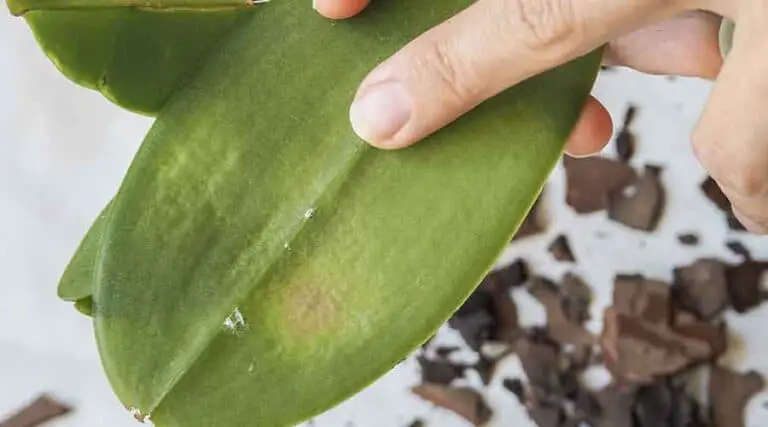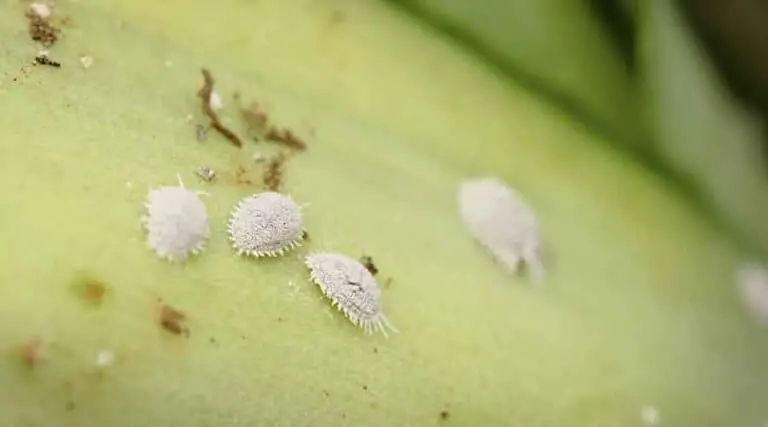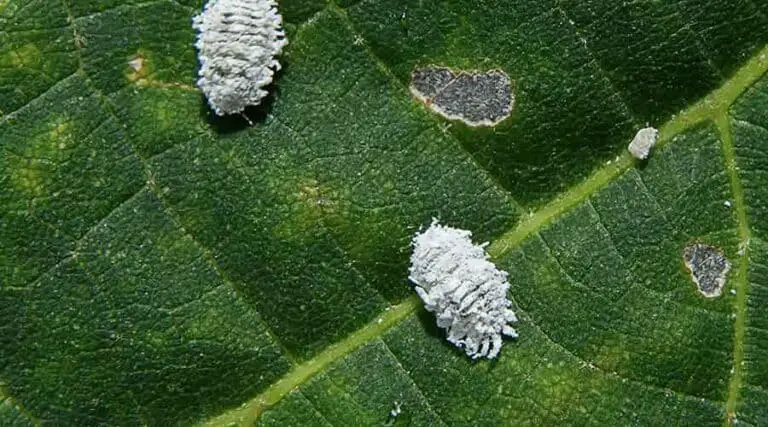What Does Mealy Bug Look Like: Identifying Key Features
Mealybugs are a common pest that can cause significant damage to a wide range of plants. Recognizing what mealybugs look like, and understanding their characteristics is important in order to prevent infestations and properly manage them. Mealybugs are small insects that belong to the Pseudococcidae family, and they are known for their distinct white or grayish coloring due to the presence of a waxy layer on their bodies.
These pests typically appear as tiny, soft-bodied creatures covered in white, cottony or powdery wax, which can sometimes be confused with other pests such as woolly aphids or scale insects. Mealybugs have an oval shape and range between 1/10 to 1/5 inch in length. Some species also have long, hair-like filaments that extend from their body, giving them a more elongated appearance.
Mealybugs feed on plant sap and can be found on various parts of the plant, including stems, leaves, and roots. They commonly gather in groups, making them easier to spot when examining plants for signs of infestation. Female mealybugs are known to lay their eggs within a protective mass of waxy, cottony substance, further confirming their presence when detected. Early identification is crucial to effectively manage and control mealybug populations, ultimately maintaining the health of your plants.
Identifying Mealy Bugs
Physical Appearance
Mealy bugs are small, soft-bodied insects that are covered in a white, powdery wax. They typically measure between 1/16 and 1/8 inch in length, making them difficult to see with the naked eye. The female mealybugs are oval-shaped and wingless, while the male mealybugs are slender with wings. They have several pairs of short legs, which are often hidden underneath their wax coating.
Common Signs of Infestation
- Waxy residue: Mealybugs secrete a white, powdery wax as a protective covering. If you notice a white, cotton-like substance on your plants, it could be a sign of mealybug infestation.
- Honeydew and sooty mold: Mealybugs excrete a sugary substance called honeydew, which can attract ants and promote the growth of sooty mold on the plants. If you notice black, sooty patches or an ant presence, it might indicate a mealybug problem.
- Curled or distorted leaves: As mealybugs feed on plant sap, they can cause leaves to curl, become misshapen, or show yellowing. If you observe these symptoms, inspect your plants carefully for mealybugs.
- Stunted plant growth: Mealybug infestations can stunt plant growth by reducing their ability to take up nutrients and water. If your plants aren’t growing well, it’s worth checking for these pests.
To confirm the presence of mealybugs, examine your plants closely, looking for the insects themselves or their egg masses, which may be beneath leaves or in crevices. You may also use a magnifying glass to better observe these tiny pests.
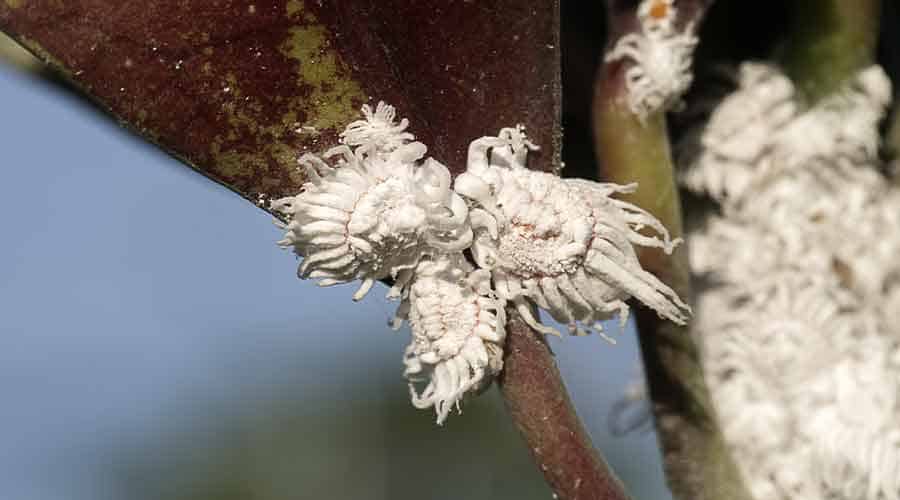
Mealy Bug Life Cycle
Eggs
Female mealybugs lay their eggs within a protective waxy sac known as an ovisac. Typically, they can lay anywhere from 100 to 200 eggs within a 10-day period. Eggs are generally oval-shaped, with colors varying from pale yellow to orange. The development time of the eggs can range from 5 to 10 days, depending on the surrounding temperature and other environmental factors.
Nymphs
Once the eggs hatch, the juvenile mealybugs called nymphs emerge. There are three stages, or instars, through which the nymphs pass before becoming adults:
-
First instar: During this stage, the nymphs are pale yellow or colorless and are actively crawling. They have a body length of about 0.03 inches (0.8 mm) and quickly move to nearby plants to feed. This stage lasts approximately a week.
-
Second instar: In the second stage, the nymphs continue to develop their legs and antennae. Their body length increases to 0.04 inches (1 mm), and they become slightly more mobile. The second instar lasts around 10 to 15 days.
-
Third instar: Nymphs reach their final development stage, growing to about 0.06 inches (1.5 mm) in length. Their legs and antennae are fully developed, and they have a more noticeable waxy coating. This stage lasts for approximately two weeks.
Adults
Adult mealybugs have segmented bodies, measuring up to 0.2 inches (5 mm) in length. Females are wingless and covered with a white, powdery wax. They possess functional legs, allowing them to move; however, they are usually slower than nymphs. The adult lifespan is approximately one month.
Male mealybugs are smaller, have wings, and a more elongated body shape. Their primary function is to fertilize the females. Once they reach adulthood, they only live for a brief period of 1 to 3 days.
Mealybugs progress through these stages at varying rates, influenced by factors such as temperature, humidity, and availability of host plants. Regardless, understanding the life cycle of mealybugs is crucial for implementing proper pest control strategies.
Common Host Plants
Mealybugs are known for their ability to infest a wide variety of host plants. Some of their preferred targets include ornamental plants, fruit trees, and greenhouse crops. The following paragraphs shed light on a few common host plants targeted by mealybugs.
Ornamental plants, including popular indoor varieties, are frequently affected by mealybugs. Some examples of ornamental plants that serve as hosts for mealybugs are:
- African violets
- Ferns
- Ficus
- Jade plants
- Orchids
Many fruit trees and crops are also susceptible to mealybug infestations. These pests can cause significant losses in agricultural production. Common fruit-bearing plants targeted by mealybugs include:
- Apples
- Avocados
- Citrus fruits
- Grapes
- Pears
In greenhouses, several plant species can become hosts for mealybugs. These environments provide ideal conditions for mealybugs to thrive, thanks to their warm temperatures and the presence of numerous host plants. Common greenhouse host plants are:
- Begonias
- Geraniums
- Hibiscus
- Phalaenopsis
- Poinsettias
This overview provides a glimpse of the common host plants typically targeted by mealybugs. By identifying these plants, growers and homeowners can take necessary preventive measures to minimize the risk of mealybug infestations.
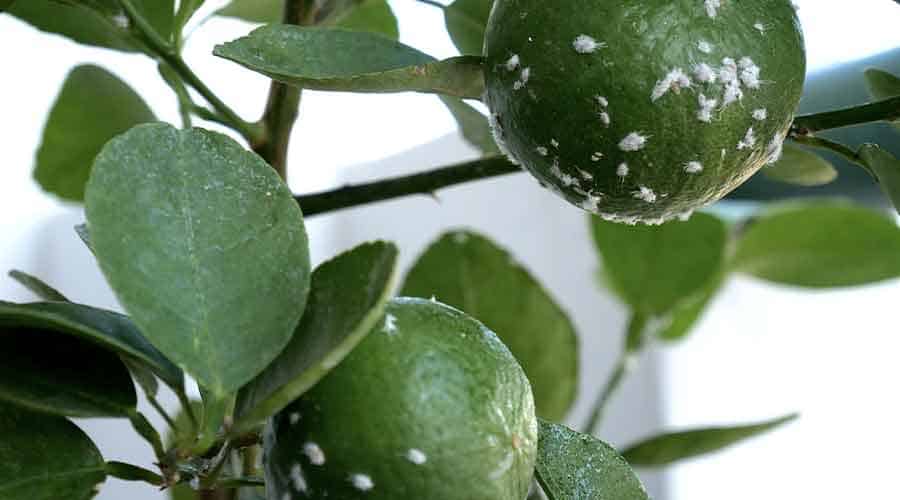
Controlling Mealy Bugs
Preventive Measures
To avoid mealy bug infestations, it is essential to be vigilant and take preventive steps. Some measures include:
- Inspecting new plants for mealy bugs before introducing them to your garden or home
- Regularly cleaning the growing area to reduce hiding spots
- Monitoring plants closely and removing mealy bugs immediately upon discovery
- Maintaining proper hygiene and avoiding excess humidity
Biological Control
Introducing natural predators can help control mealy bug populations. These beneficial insects feed on mealy bugs, reducing their numbers:
- Ladybugs
- Lacewings
- Parasitic wasps
When choosing a biological control agent, ensure its compatibility with your specific plants. Release the predators early during infestations to maximize their impact.
Chemical Control
If mealy bug infestations persist, chemical control methods may be necessary. Here are some suggested treatments:
Insecticidal Soap:
- Effective against soft-bodied insects like mealy bugs
- Apply when mealy bugs are first noticed and repeat every 7-10 days
- Ensure thorough coverage on all plant surfaces
Neem Oil:
- A natural pesticide derived from neem tree seeds
- Apply as a foliar spray, ensuring coverage of all plant surfaces
- Repeat application every 7-10 days until the infestation is under control
Systemic Insecticides:
- Absorbed by plants and distributed throughout their tissues
- Only apply when other methods are ineffective, as these chemicals can harm some beneficial insects
- Follow label instructions for proper use and application rates
Carefully weigh the benefits and drawbacks of each control method before choosing the most suitable one for your situation.
Conclusion
Mealybugs are small, soft-bodied insects that typically appear as white or gray masses on the leaves and stems of plants. Their oval-shaped bodies are covered in a waxy, powdery substance, which gives them their distinctive mealy appearance.
These pests often reside in plant crevices or among the plant’s roots, making them difficult to detect initially. They reproduce rapidly and can cause significant damage to a diverse range of indoor and outdoor plants, such as:
- Ornamental plants
- Houseplants
- Fruit trees
- Vegetables
Mealybugs’ primary method of inflicting harm is by sucking plant sap, causing stunted growth and yellowing of leaves. Additionally, they excrete a sticky substance called honeydew, which encourages the growth of black mold, further harming the plant.
To manage mealybug infestations effectively, it is essential to implement a combination of preventative measures and control methods, including:
- Regularly inspecting plants
- Maintaining good sanitation practices
- Introducing natural predators
- Applying insecticides when necessary
In conclusion, mealybugs are challenging pests that can cause significant damage to a wide variety of plants. Early detection and the use of multiple control methods are crucial to protecting your plants from these persistent insects.

